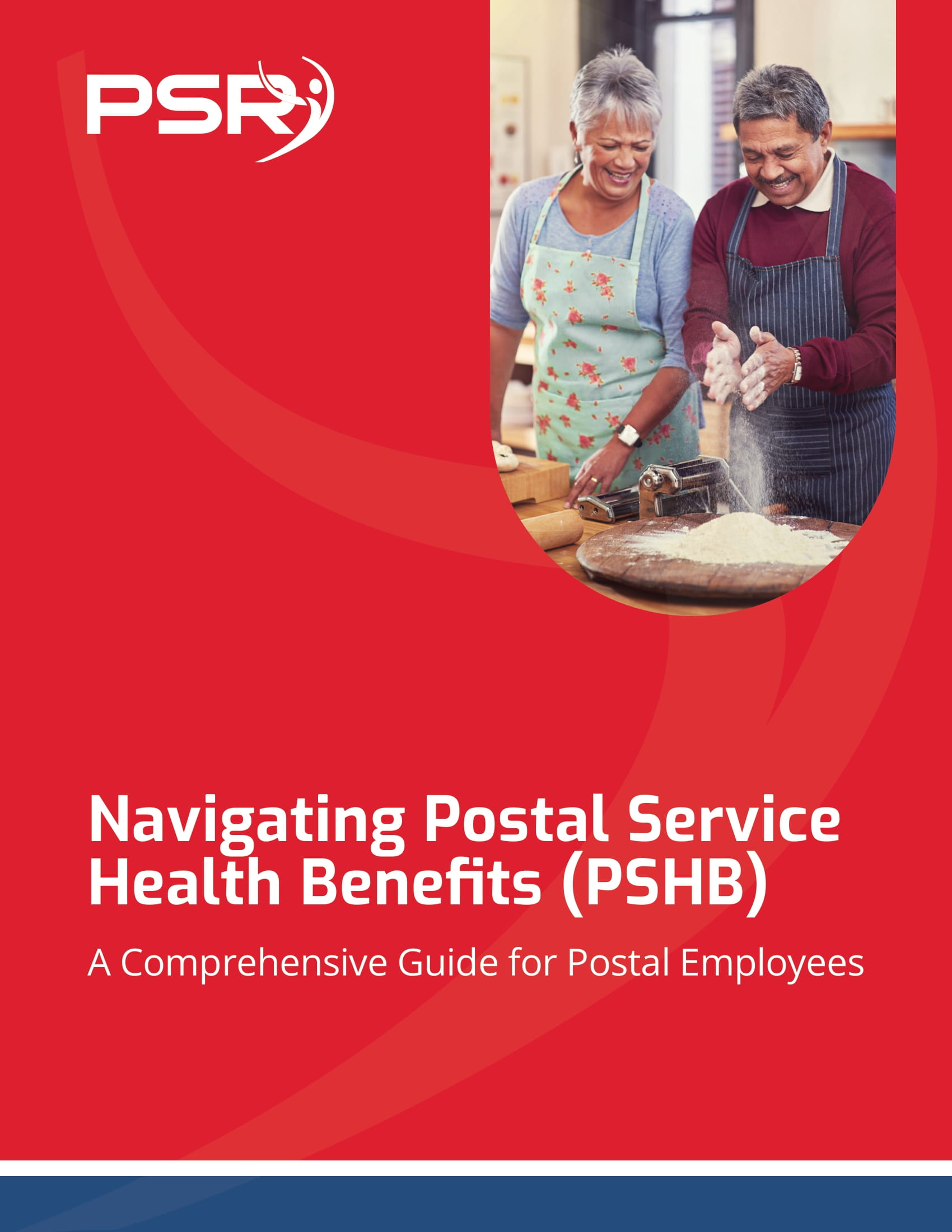Key Takeaways
-
Many government retirees underestimate how much they will spend on health care, particularly in their later years. Planning based on averages can leave you financially exposed.
-
Your federal benefits may not cover everything. Without a tailored strategy for Medicare, FEHB, long-term care, and out-of-pocket expenses, your retirement budget could fall short.
Health Care Costs Will Outpace Inflation
- Also Read: Choosing the Wrong Survivor Benefits Could Wreck Your Spouse’s Financial Future
- Also Read: CSRS Pensions Are Still Paying Out Big—But Not Without a Few New Twists in 2025
- Also Read: The Big Changes Coming to Government Employee Benefits—and What They Could Mean for You
This includes:
-
Rising premiums for Medicare Part B and FEHB
-
Annual increases in deductibles and coinsurance
-
Growing costs for prescription drugs, especially specialty medications
-
High and unpredictable costs for long-term care
It’s no longer enough to assume your coverage and savings will stretch for decades. You need to adjust your assumptions based on current and projected data.
Medicare Doesn’t Cover Everything You Might Expect
If you’re a public sector retiree relying on Medicare to step in at age 65, you need to understand its limits. In 2025, Medicare Part A covers hospital stays, and Part B covers doctor visits and outpatient services. However, Medicare still leaves significant gaps:
-
No coverage for most long-term custodial care
-
No dental, vision, or hearing coverage
-
Deductibles: $1,676 per benefit period (Part A) and $257 per year (Part B)
-
20% coinsurance for many outpatient services under Part B
FEHB plans typically offer comprehensive coverage, but they don’t eliminate your out-of-pocket costs. Without Medicare Part B, you may face penalties or higher costs in coordination with your FEHB plan.
Understanding when and how to enroll in Medicare—and how to integrate it with your FEHB coverage—is key to preventing unexpected costs.
Long-Term Care Remains the Wild Card
One of the biggest unknowns in your retirement health care plan is whether and when you’ll need long-term care. The cost of a private room in a nursing facility or daily in-home assistance can reach tens of thousands annually.
Many retirees assume their health insurance or Medicare will pick up the tab. Unfortunately, long-term care isn’t considered medical care by Medicare standards. It’s custodial care, and it’s largely excluded.
In 2025, long-term care insurance is difficult to obtain for many older retirees due to health underwriting and cost. Even government programs like FLTCIP are closed to new enrollees. That leaves you with the following options:
-
Paying out-of-pocket from savings
-
Spending down assets to qualify for Medicaid
-
Relying on family or informal caregiving
If you’re not actively planning for this potential risk, you’re leaving your financial security exposed to chance.
FEHB Still Plays a Critical Role—But You Must Make Informed Choices
The Federal Employees Health Benefits (FEHB) Program remains one of the strongest assets for retirees. You can maintain coverage for life, provided you meet eligibility requirements and continue to pay your premiums. But not all FEHB plans are created equal.
Premiums have increased significantly in recent years. In 2025, the average enrollee pays about 30% more for coverage than they did just three years ago. And as premiums rise, so do deductibles, copays, and coinsurance.
To get the most value from your FEHB coverage in retirement:
-
Reevaluate your plan every Open Season (November to December)
-
Compare in-network and out-of-network costs
-
Understand how your FEHB plan works with Medicare Part B
-
Look at coverage for chronic conditions, prescriptions, and post-retirement care needs
Your retirement health care needs aren’t static—your insurance strategy shouldn’t be either.
You Might Live Longer Than You Planned For
People are living longer, but not always healthier. The average life expectancy at retirement age continues to increase, but with more years often comes more health issues. For many retirees, the last 5-7 years of life are marked by higher health care usage and costs.
Your plan must account for longevity risk. If you retire at 62 and live to 90, that’s nearly three decades of potential medical expenses. And costs tend to increase dramatically in your final years due to:
-
More frequent hospital visits
-
Long-term medication usage
-
Home health care or assisted living
-
Cognitive decline or dementia-related care
Failing to plan for these realities means leaving your surviving spouse or family with financial stress.
Retirement Health Care Planning Should Begin Before You Retire
Many government employees delay thinking about health care costs until they’re already retired. That’s a mistake. The ideal time to begin building your strategy is 3-5 years before you leave your job.
During this time, you can:
-
Evaluate your eligibility for FEHB continuation
-
Understand your options for Medicare and enrollment timelines
-
Estimate your projected costs using real data, not averages
-
Consider whether to invest in long-term care insurance or self-funding
-
Maximize your HSA if you have one, which grows tax-free
Waiting until age 65 or later limits your options and could mean higher costs.
Health Savings Accounts (HSAs) Can Be Powerful Tools
If you’re enrolled in a high-deductible FEHB plan while still working, you may be eligible to contribute to a Health Savings Account (HSA). In 2025, you can contribute up to $4,300 if you have self-only coverage, or $8,550 for family coverage, with a $1,000 catch-up if you’re age 55 or older.
HSAs are triple tax-advantaged:
-
Contributions are pre-tax
-
Growth is tax-free
-
Withdrawals for qualified medical expenses are tax-free
Unlike Flexible Spending Accounts (FSAs), your HSA funds roll over indefinitely. You can build a sizable reserve to use in retirement for:
-
Medicare premiums (Part B, Part D, and Medicare Advantage)
-
Out-of-pocket expenses
-
Dental, vision, and hearing needs not covered by Medicare
However, once you enroll in any part of Medicare, you can no longer contribute to an HSA—so your strategy must be well-timed.
Coordination Between FEHB and Medicare Requires Careful Timing
If you’re eligible for both FEHB and Medicare, the decision of how to combine them is nuanced. While FEHB alone offers excellent coverage, most retirees benefit from enrolling in Medicare Part B to avoid late penalties and to reduce their out-of-pocket risk.
In 2025, the standard Medicare Part B premium is $185 per month, with higher costs for those subject to income-related adjustments. When combined with FEHB, many retirees find they pay more in premiums but less overall in deductibles and coinsurance.
Make sure you:
-
Enroll in Medicare during your Initial Enrollment Period (3 months before, the month of, and 3 months after turning 65)
-
Confirm whether your FEHB plan offers any incentive for Medicare enrollment (like premium rebates or waived cost-sharing)
-
Avoid having two plans that both charge full premiums but duplicate coverage unnecessarily
Choosing the right timing and combination can reduce your total costs over time.
Estimating Future Health Care Costs: Don’t Rely on Averages
Too many retirement projections use outdated or overly simplified figures like $5,000 or $7,000 per year for health care. In reality, your actual costs can vary widely depending on:
-
Your age and health status
-
Number and type of prescriptions
-
Whether you use in-network or out-of-network providers
-
How well your insurance plans coordinate
-
Whether long-term care becomes necessary
Instead of guessing:
-
Use detailed retirement calculators that include FEHB and Medicare premiums
-
Include inflation rates of 5%-6% for health care
-
Consider a separate savings bucket for medical expenses
-
Revisit your estimates annually
Over-preparing is far better than underestimating when it comes to your health.
A Financial Strategy That Ignores Health Care Is Incomplete
You wouldn’t retire without understanding your pension, TSP withdrawals, or Social Security claiming options. Your health care deserves the same level of planning.
An integrated retirement strategy should include:
-
Health care cost projections
-
Coordination of FEHB and Medicare
-
Contingency planning for long-term care
-
Use of tax-advantaged accounts like HSAs
Working with a professional who understands government retirement systems can help you create a sustainable plan.
Your Long-Term Security Depends on What You Do Now
Health care is one of the most unpredictable and expensive aspects of retirement. Yet many public sector employees treat it as an afterthought. Whether you’re approaching retirement or already living it, now is the time to take control of your plan.
To make informed decisions about Medicare, FEHB, long-term care, and more, connect with a licensed agent listed on this website. They can help you evaluate your current coverage, project your future needs, and build a plan that supports your long-term financial security.









